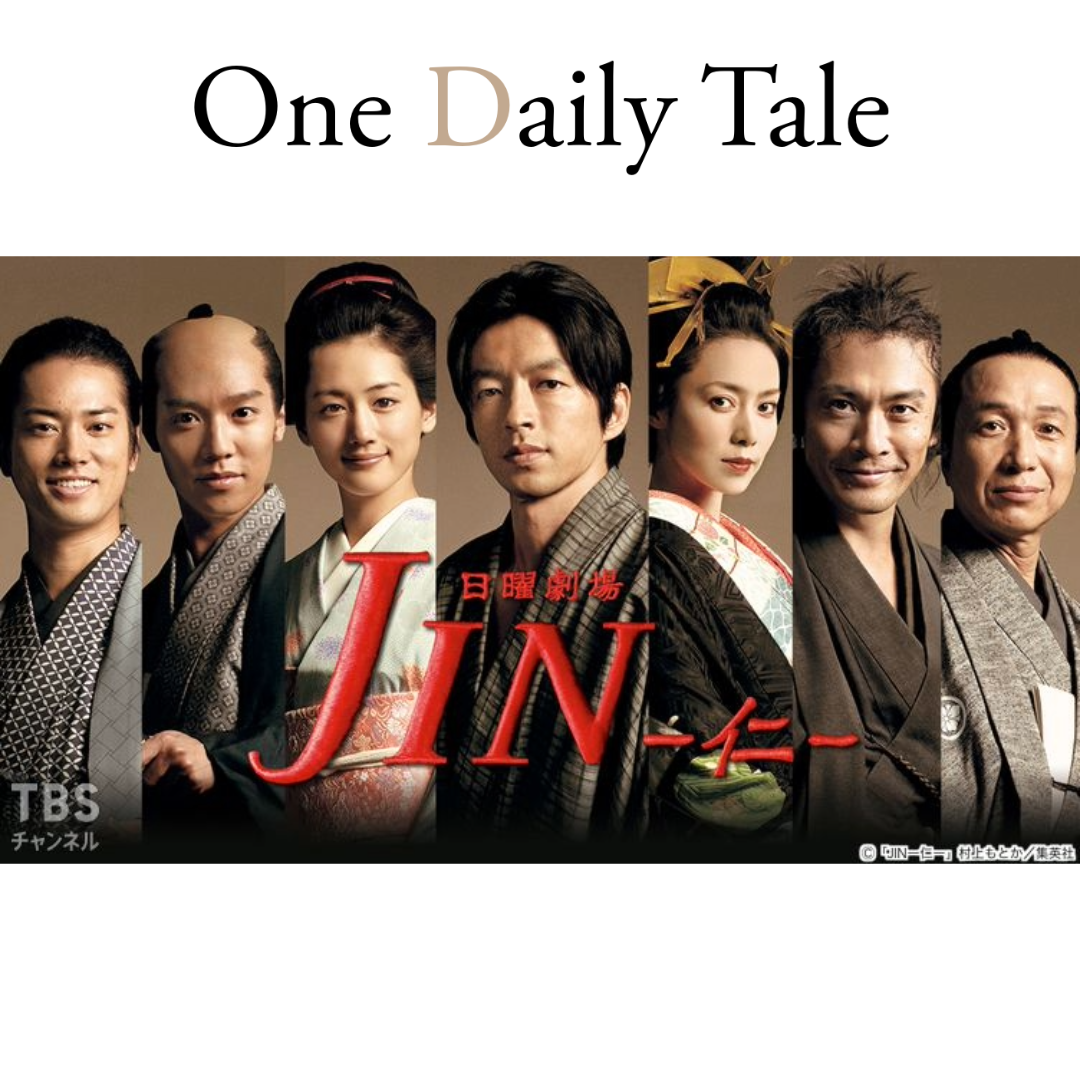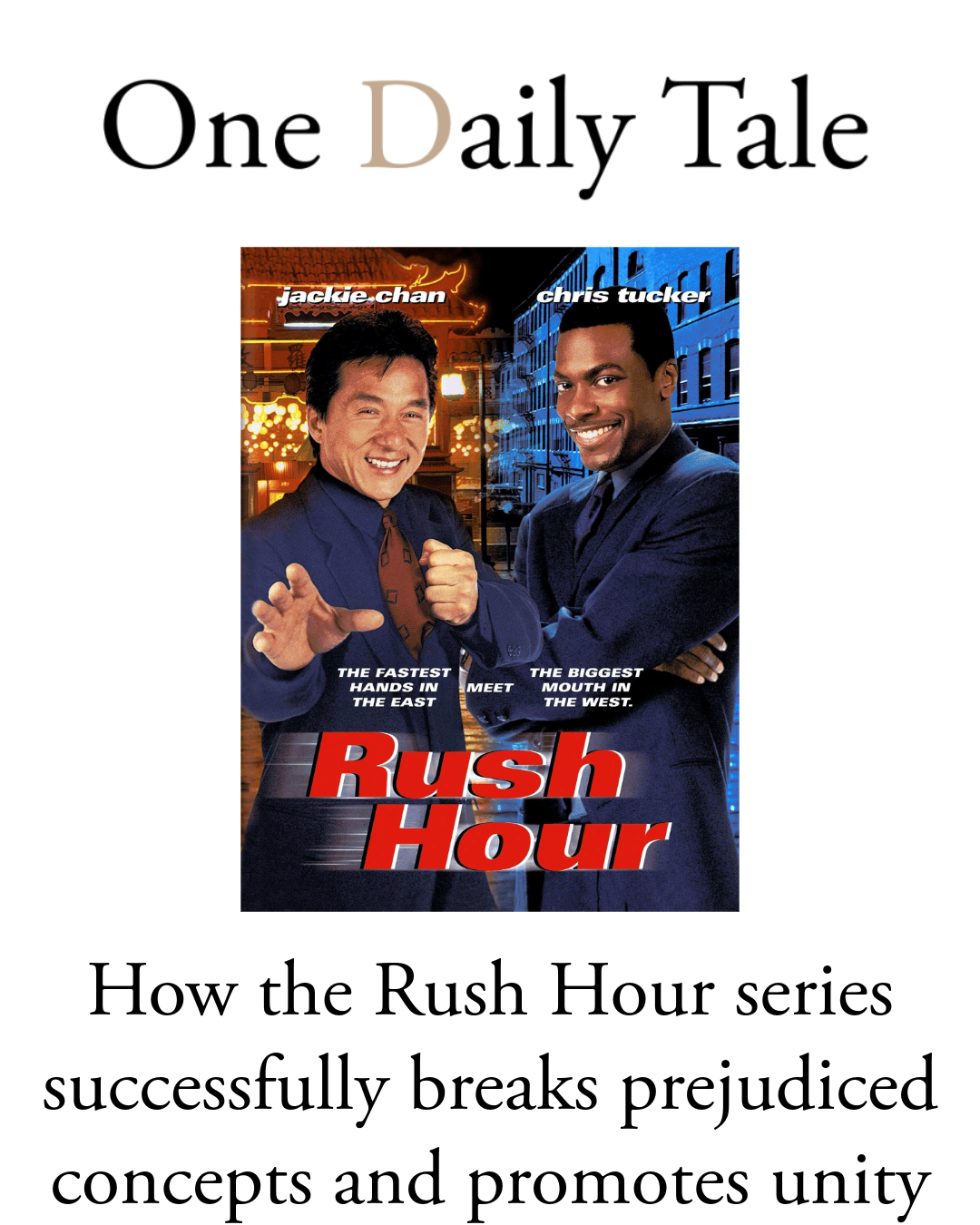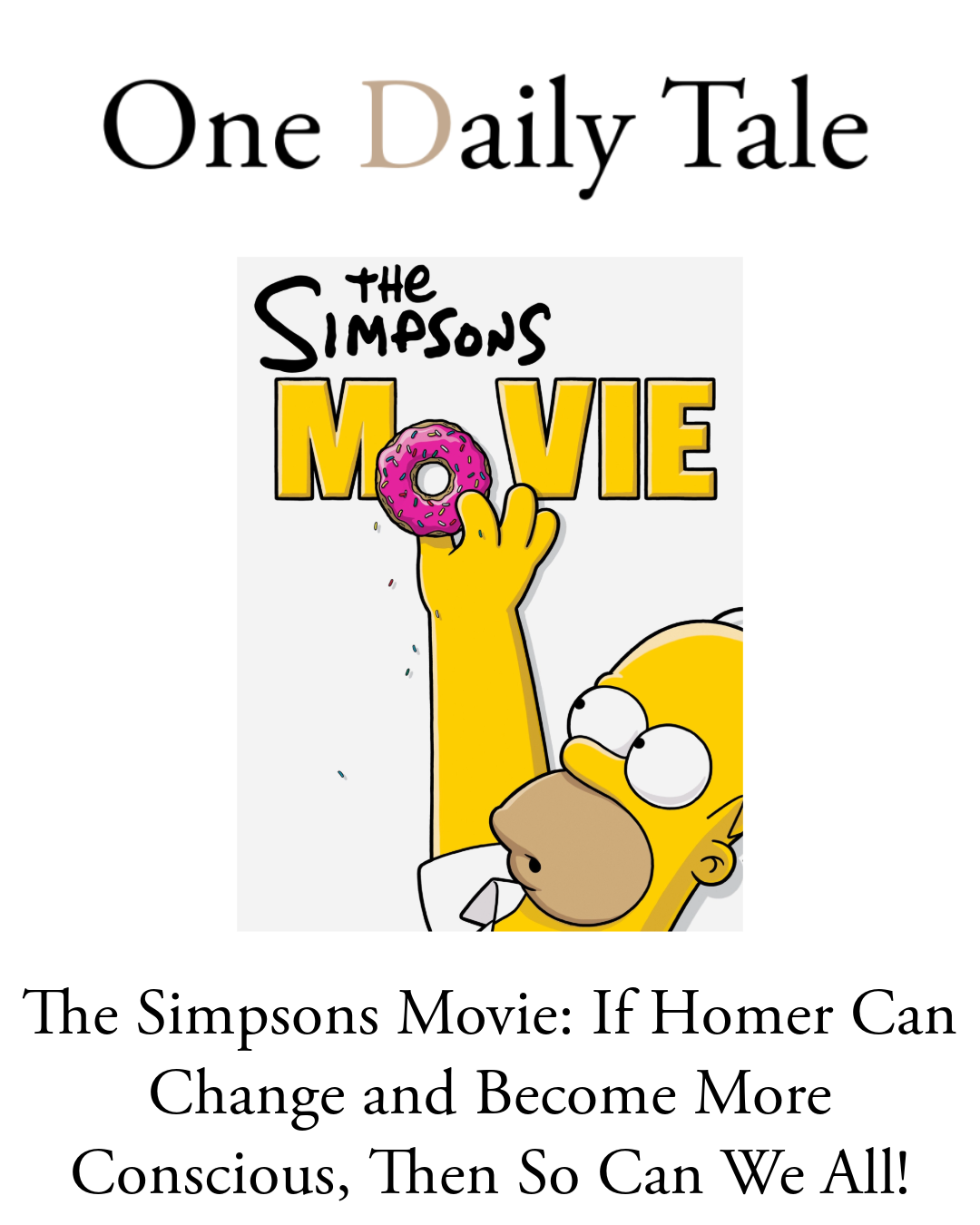Today’s post delves into the acclaimed Japanese drama “Jin”, first broadcast in 2009 on TBS, with a second season following in 2011. My wife and I are currently engrossed in it, and the story so far has proven to be both captivating and thought-provoking. The drama is a compelling mix of time travel, history, and medical themes. Takao Osawa, whom I recognized from the “Kingdom” movies (as Ouki), plays the main character, Jin Minakata, a neurosurgeon mysteriously transported back to the Edo period. Jin struggles to save lives with the limited resources of the era while seeking a way to return to his own time.
I must admit, despite having taken courses on the history of Japan during my university years studying Japanese in Paris, my understanding of Japan’s historical intricacies remains limited. This is particularly evident as the main storyline unfolds in the Edo period. I’m sure that viewers with a deeper knowledge of the era might pick up on nuances or anecdotes that I miss.
Knowledge as the Core Theme
One of the most striking aspects of “Jin” is how it centers around the theme of knowledge. As someone with a growing interest in neuroscience, the fact that Jin is a neurosurgeon piqued my curiosity from the start. When transported back to the Edo period, Jin’s most critical asset isn’t the few medical tools that accompanied him but the vast knowledge and skills he developed over years of study and practice.
This premise prompts reflection: if any of us were thrown back 150 years, how much true knowledge could we share? The drama serves as a humbling reminder of how reliant we are on modern tools and technology and how easily we take them for granted. It underscores our dependency and raises questions about our ability to innovate under constrained conditions.
Inequity Across Time
The drama also highlights social inequities, some of which resonate even in today’s world. During the Edo period, the position of women in society was starkly inequitable—a theme subtly woven into the story. Reflecting on my experiences working in Japan, I noticed remnants of such inequities, such as the expectation for women to serve tea or coffee to visiting guests in companies—a practice that persists in some workplaces.
Furthermore, “Jin” reminds us that even in 2025, inequities in access to healthcare and technology remain prevalent in many parts of the world. The contrast between the Edo period and the modern era draws attention to the uneven distribution of progress.
Progress in Medicine and Lifestyle Choices
From a medical perspective, “Jin” sheds light on how far we’ve come in just a few decades. Yet, it also highlights persistent gaps in behavior toward health. While we now understand the importance of proper nutrition and exercise, these are still not universally recognized as essentials. In many cultures, exercising remains a “hobby” rather than a necessity.
As a personal example, my parents were never encouraged to exercise or prioritize their sleep by their clinicians. Their health deteriorated as a result, and my mother passed away from illness when I was in my early 30s. This loss underscored for me that health is the foundation of everything else in life. Without it, we lack the energy and ability to pursue other endeavors.
Responsibility and Role Modeling
Today, we have access to countless tools and technologies to address health-related knowledge gaps. However, creating healthy habits begins with adults modeling the right behaviors. Children learn through mimicry, and their future habits are shaped by what they observe. It is our responsibility as adults to demonstrate the value of a healthy lifestyle—because health truly is the core of our existence.
What Do You Think?
What are your thoughts on the interplay between history, progress, and health as explored in “Jin”? Do you think we’re doing enough to address inequities and encourage healthier lifestyles in today’s world? Let’s discuss in the comments!










Leave a Reply